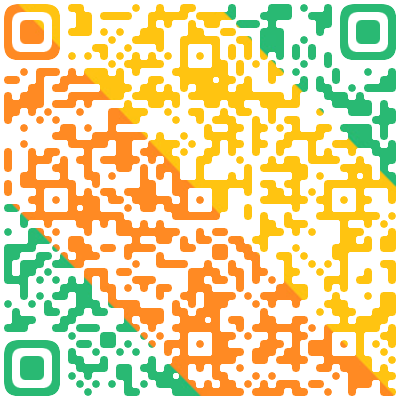We use both words and gestures to express our feelings, but the problem is that these words and gestures can be understood in different ways.
It is true that a smile means the same thing in any language. So does laughter or crying. There are also a number of striking similarities in the way different animals show the same feelings. Dogs, tigers and humans, for example, often show their teeth when they are angry. This is probably because they are born with those behavior patterns.
Fear is another emotion that is shown in much the same way all over the world. In Chinese and English literature, a phrase like "he went pale and began to tremble" suggests that the man is either very afraid or deeply shocked. However,"he opened his eyes wide" is used to suggest anger in Chinese whereas in English it means surprise. In Chinese surprise can be described in a phrase like"they stretched out their tongues"."Stretching out the tongue" in English means insults or strong dislike.
Even in the same culture,people differ in the ability to understand and express feelings. Experiments in America have shown that women are usually better than men at recognizing fear, anger, love and happiness on people's faces. Other studies show that older people usually find it easier to recognize or understand body language than younger people do.
According to the passage,_______.
A. we can hardly understand what people's gestures mean
B. we can not often be sure what people mean when they express their feelings in words or gestures
C. words can be better understood by older people
D. gestures can be understood by most of the people while words can not
查看答案
相关试题
换一换


热门试题



 使用微信扫一扫登录
使用微信扫一扫登录